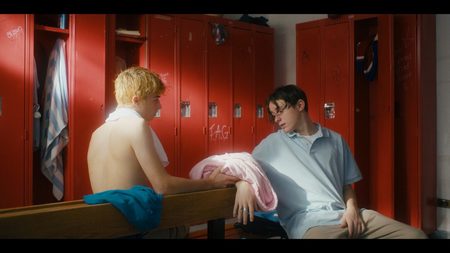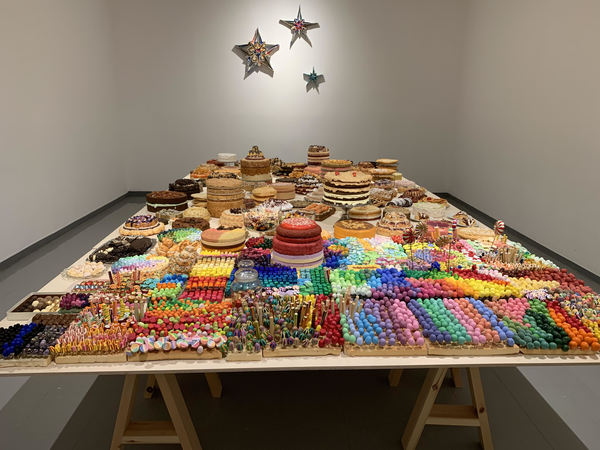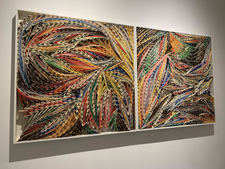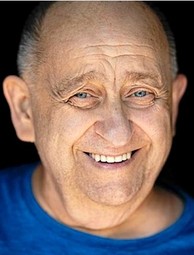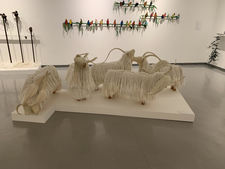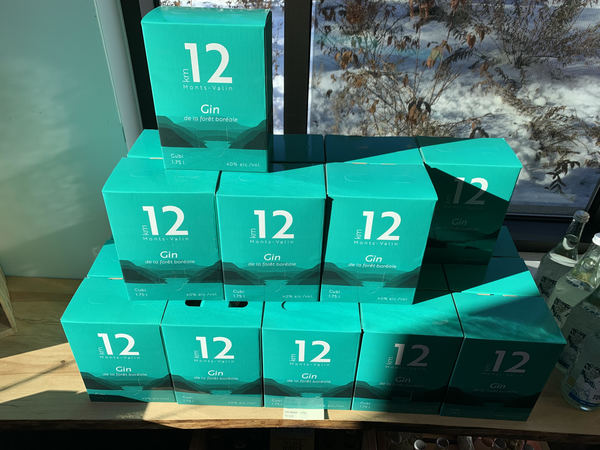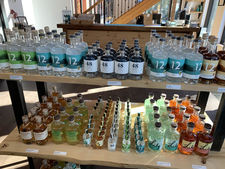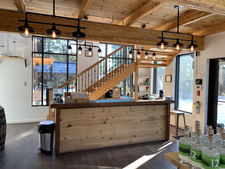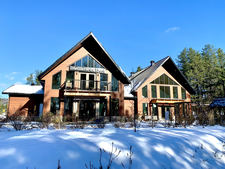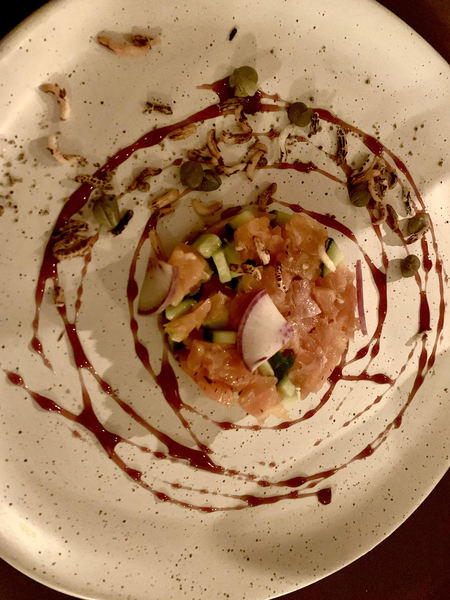By Gaëtan Vaudry
I knew that stopping in Baie-Comeau, an industrial-port city on the North Shore, would give me the chance to meet friendly people. This was indeed the case with Frédéric St-Laurent Garon, one of the three shareholders of the Boucherie les trois p'tits cochons. Getting to know Fred, as everyone calls him, is to meet a passionate craftsman. For him, meats hold no secrets, not to mention sushi, of which he became a master over a good decade. The most loyal customers praise the impeccable service of the butchery's team, as well as the great variety of numerous products, their quality, and the much-anticipated return of the sushi counter.

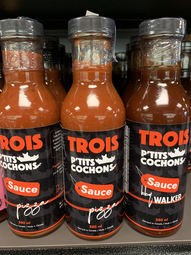
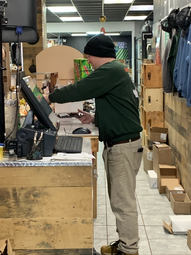
Fred and his partner make it a duty to offer a good dozen products from local producers (including those from Les jardins de Carmanor farm), and several products from Boucherie les trois p'tits cochons also feature on the menus of Manicouagan restaurants: "It's important for us to promote the work of local artisans," the main interested party emphasizes. "We're even thinking of proposing to another butchery in the region to create a new sauce with us. Simply to demonstrate the beautiful fraternity that exists between the businesses of Baie-Comeau."
Well worth the detour!
Among the top sellers at Boucherie les trois p'tits cochons are, of course, classic beef, but also marinated meats, a wide variety of sausages, charcuteries (including those from Charcuterie Le porc-épique), beef and salmon tartares, not to mention the veal and haskap berry tartare, a real lightly fruity delight, and the house's cheeseburger tartare. During my visit, Fred had just finished preparing stuffed jalapeno peppers with cheese and wrapped in bacon... who can top that?
Always in search of novelties, Fred is very happy about his new collaboration with Pinto's MC Wagyu, offering Wagyu beef of exceptional quality, originating from Japan. "The quality of this beef is incredible," the young businessman points out. "And its flavor, highly enhanced. It's not cheap, but it's worth the detour!"
Fred and his team have many projects. The return of the popular sushi counter shows just how much this product is in demand at the Baie-Comeau butchery: "The boxes disappear almost the moment we place them in the counter," explains the expert. "We are therefore in constant production, to meet the high demand." I personally had the chance to experience a dish of 10 sushis, specially prepared by dear Fred. And I can now understand the enthusiasm of aficionados for this excellent product of Boucherie les trois p'tits cochons!
Boucherie les trois p'tits cochons
873, rue Bossé, Baie-Comeau
418 294-0804
Visit the butchery's Facebook page

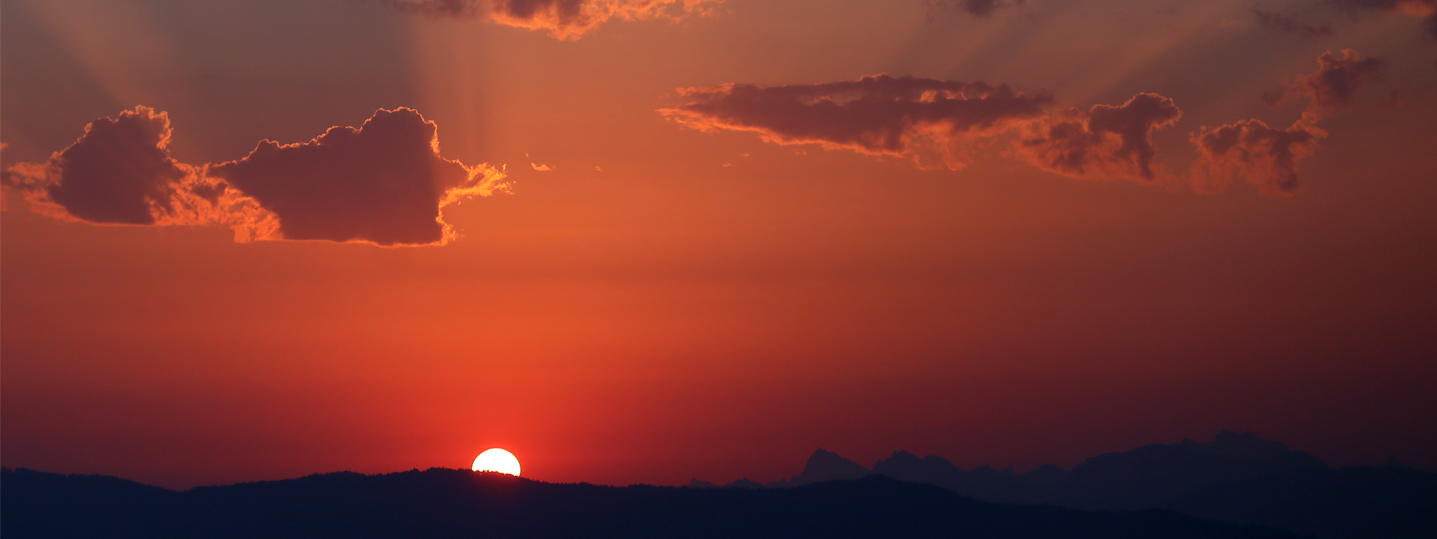

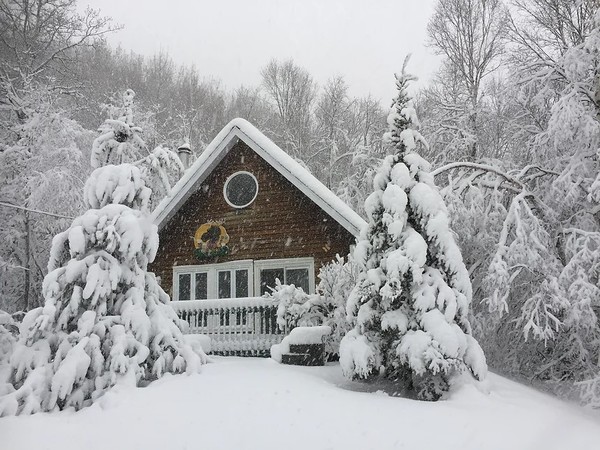
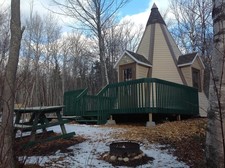
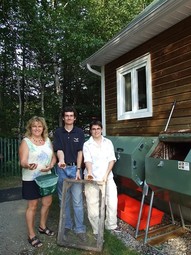
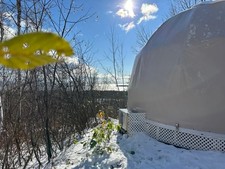
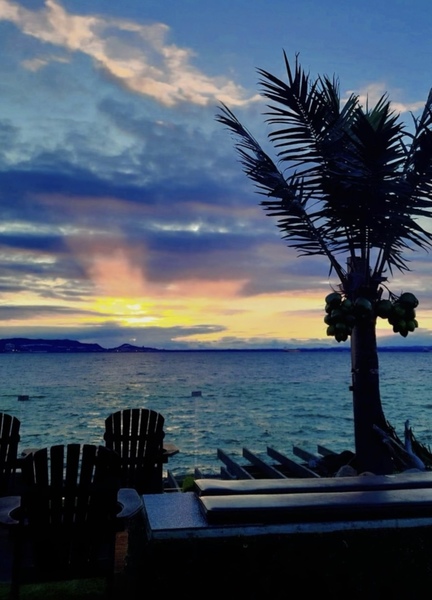

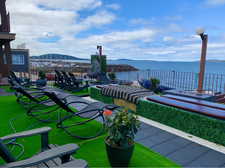
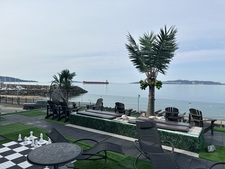
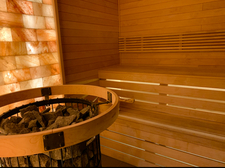

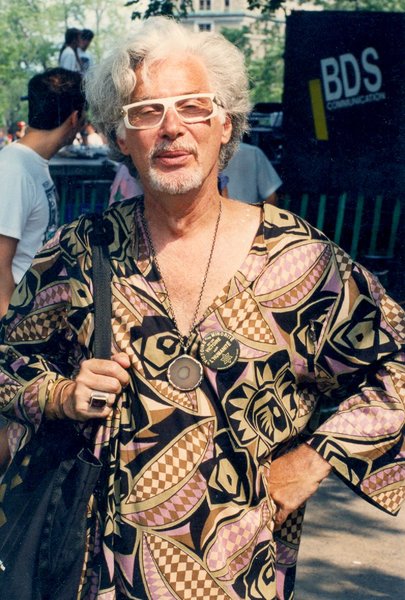
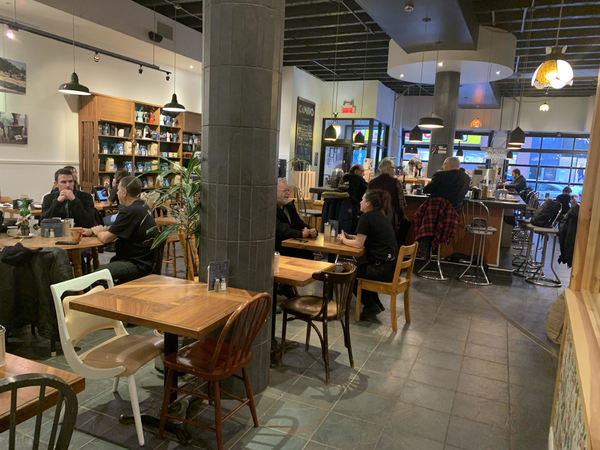
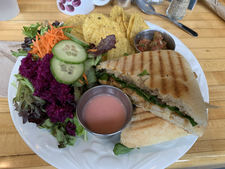
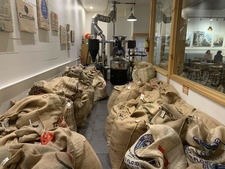
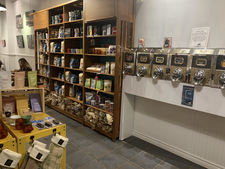
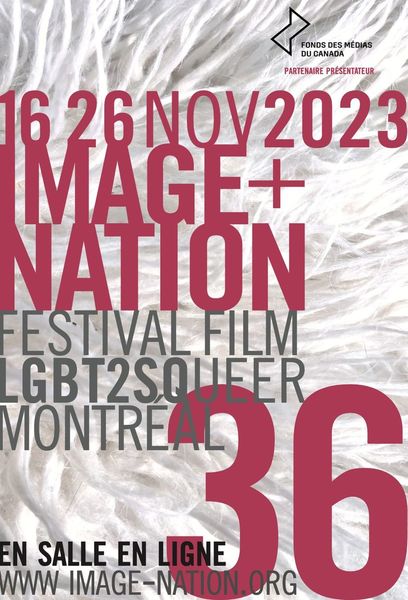
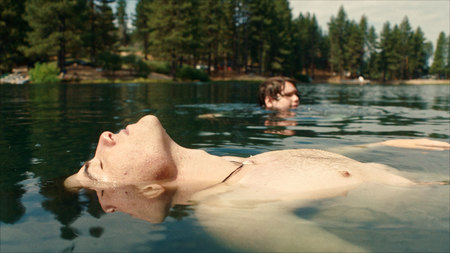

 BILL OLIVER
BILL OLIVER